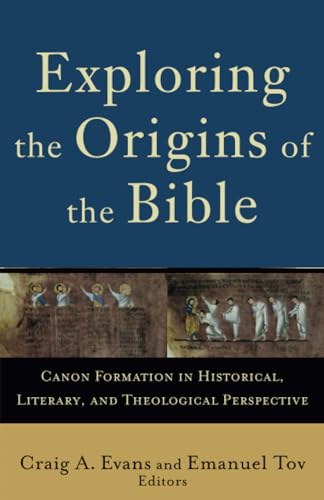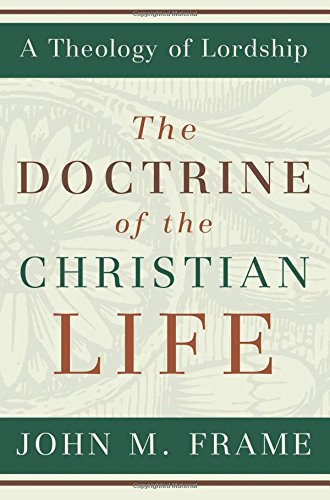This commentary on the Epistle of James serves as the inaugural volume in the brand new Zondervan Exegetical Commentary on the New Testament (ZECNT) series. Rather than add to the proliferation of critical commentary series on the market, the editors of this series have chosen to target an audience who has a working knowledge of Koine Greek and are interested in exegetical questions that go beyond the limits of traditional English language commentaries. However, they also want to ensure that the ZECNT commentaries do not lose sight of the literary-theological forest for the exegetical trees. Thus, for each pericope, the commentaries will include a section on the literary context, the main idea of the passage, a translation and graphical layout of the pericope, the structure, an exegetical outline, and a more detailed examination of the grammar, syntax, and exegetical issues within the passage. In addition, the editors are interested in putting the exegetical process to work on behalf of a theology that addresses the crucial questions and needs of the Church. As such, the discussion of each unit of text ends with “Theology in Application” in which the practical theological implications from the pericope are explored for the life of the Church.
In light of these impressive and laudable ambitions, we may ask how does this volume on James fare when weighed against the goals for the series? It appears that Blomberg and Kamell have done an admirable job at setting the bar high for the remainder of ZECNT’s slated volumes. The introduction provides a good overview of general introductory matters including a helpful survey of approaches to the vexed question of James’ structure. In their view, chapter 1 lays out and then restates the three key themes of the letter, namely, trials in the Christian life, wisdom, and riches and poverty, which are then discussed in reverse order throughout the remainder of the letter in chapters 2–5. As they proceed to comment on the text of James, they are careful to orient themselves to this overarching structure at each step. The structure of the commentary makes it particularly helpful for serious teachers and preachers in the Church as each pericope is oriented to the rest of the letter by setting it within the larger literary context and structure and by clearly stating the main idea of each unit. Unique to this commentary and something that ought to be increasingly present in exegetical commentaries is a graphical representation of the structure of each pericope. The authors have essentially created a sentence-flow diagram for each unit with annotations to help the reader discern the logical flow of the passage as the authors see it. Their detailed analysis of each pericope focuses on the overall flow and content and gets into exegetical issues at a comfortable depth and dives into grammatical, syntactical, and linguistic analysis as needed for understanding the flow of the unit. While the authors remain careful at all times not to get bogged down into questions of exegetical minutiae, they demonstrate in their footnotes and bibliography that they have done their homework and are familiar with the best of contemporary scholarship on James.
Theologically, Blomberg and Kamell remain squarely in the middle of the conservative, evangelical camp. They maintain the traditional Protestant interpretation of James 2, which demonstrates that James and Paul were not contradictory in their understanding of the role of faith and works in justification, although they rightly maintain that James’ discussion of the topic in Jas 2:14–26 is not an abstract discussion of theological categories but rather is grounded in his discussion of wealth and poverty that runs through chapter 2. Furthermore, they are faithful to demonstrate throughout the letter, on the basis of historical research and careful attention to James’ argument, that “the rich” in the churches James addresses are most likely Christians, contra much of the exegesis in liberation theology. A very welcome feature of the commentary is the concluding chapter on the theology of James in which the authors summarize the themes of the letter and demonstrate their opinion that the various themes and emphases are unified by an emphasis on YHWH God in His unity and simplicity.
The ZECNT commentary on James is a welcome addition to the field of evangelical, exegetical commentaries. Several of its features are unique and, I believe, will prove to become standard features in future commentaries as they prove their worth for scholars, pastors, and students alike through their inclusion in this series. While professional biblical scholars will find useful features in this commentary, it should prove most valuable for pastors and theological students who have a working knowledge of Greek and are interested in a modest depth of exegetical detail that continually orients the reader to the broader literary and theological structure of the Epistle.
Scott Newman
Soma Communities
Tacoma, Washington, USA
Other Articles in this Issue
We begin with a question of translation. Many translations place a period after the word “conviction” in 1 Thess 1:5: “in power and in the Holy Spirit and with full conviction...
The Inexhaustible Fountain of All Good Things: Union with Christ in Calvin on Ephesians
by Lee GatissJuly 10, 2009 was the 500th birthday of the acclaimed French Reformer John Calvin...
The name of Martin Luther is perpetually linked to the doctrine of justification by faith alone...
Of the many questions currently surrounding the discussion about justification, the relationship between justification and spiritual fruit merits attention...
Every year a few students ask me my thoughts about whether they should pursue doctoral studies and I respond with what has come to be known as ‘The Speech...







